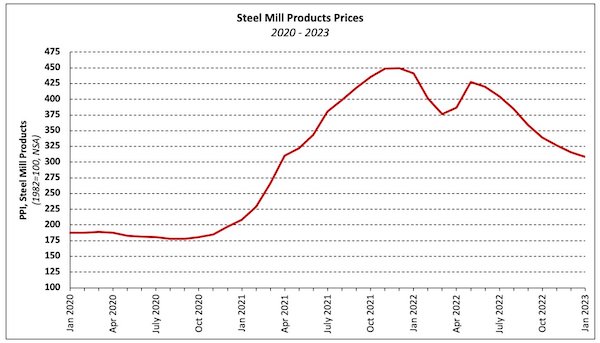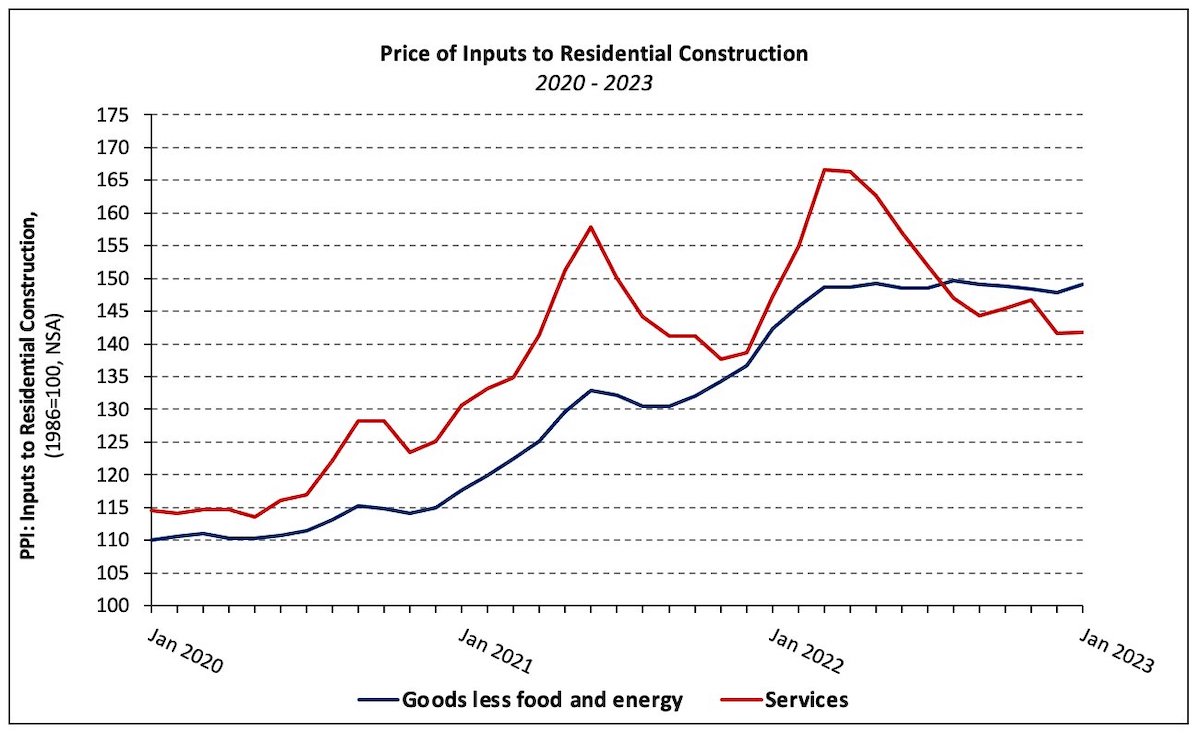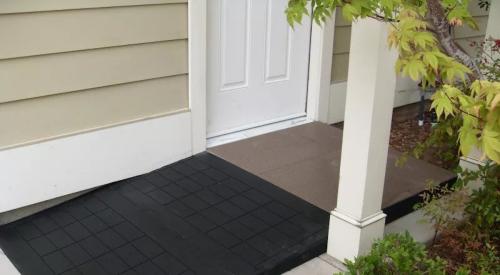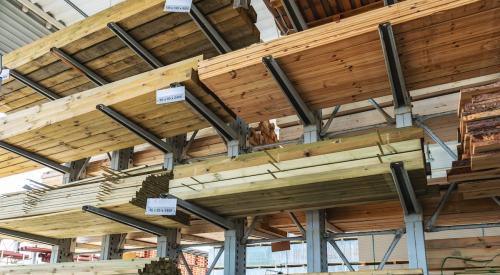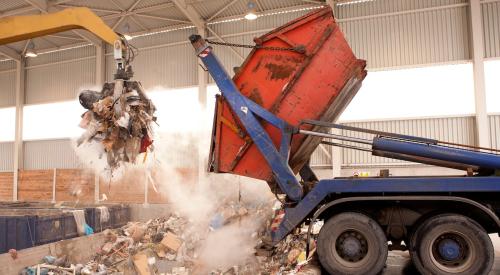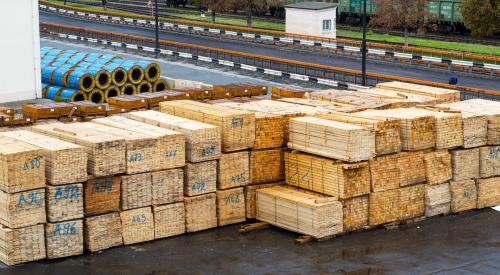After falling for four consecutive months, the producer price index (PPI) for building materials fell 0.9% in January 2023 (not seasonally adjusted), while inputs to residential construction, including energy, rose 1.4% on a monthly basis.
Following years of price volatility, the most recent PPI report signals a steadier course ahead for the residential construction sector, though some materials are still seeing record growth at the start of 2023, NAHB Eye on Housing reports.
After surging 13.6% in 2022, prices for ready-mix concrete (RMC) increased 0.9% in January, continuing a historic climb that has seen consistent gains in all but two months since January 2021.

The PPI for gypsum building materials was unchanged from December to January, but prices for gypsum products are up 11.1% year-over-year. After skyrocketing throughout 2021 and in early 2022, gypsum building materials prices began stabilizing in August and have been largely unchanged over the past five months.
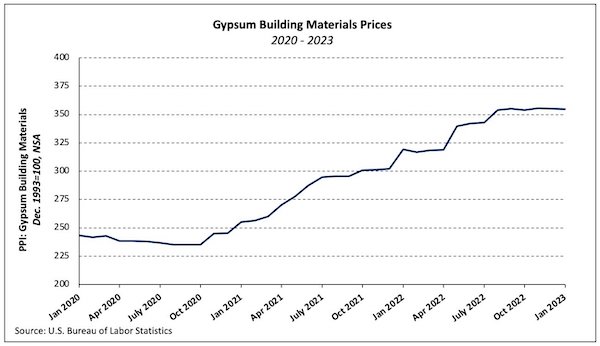
The PPI for softwood lumber saw some of the most dramatic increases throughout the pandemic as a result of supply chain disruptions, rising import tariffs, and unprecedented climate emergencies. Over the last six months, however, prices for softwood lumber have fallen 23.3%. January marked the sixth consecutive month of declines with a 7.6% drop.
Similarly, steel mill products prices are tapering off after reaching a record high at the close of 2021. The PPI for steel mill products decreased 2.3% in January, kicking off a slower pace of declines in 2023. Steel mill products prices have fallen 27.8% since May 2022 and are down 30.1% over the past 12 months.
